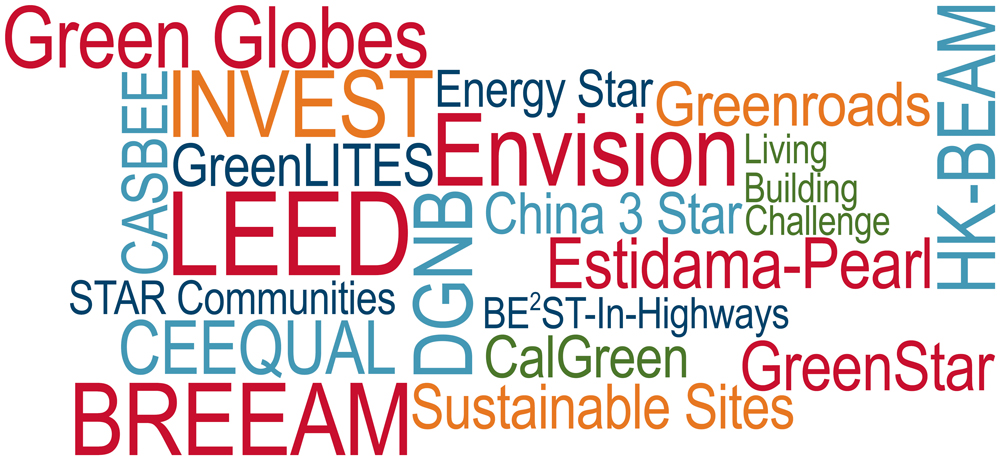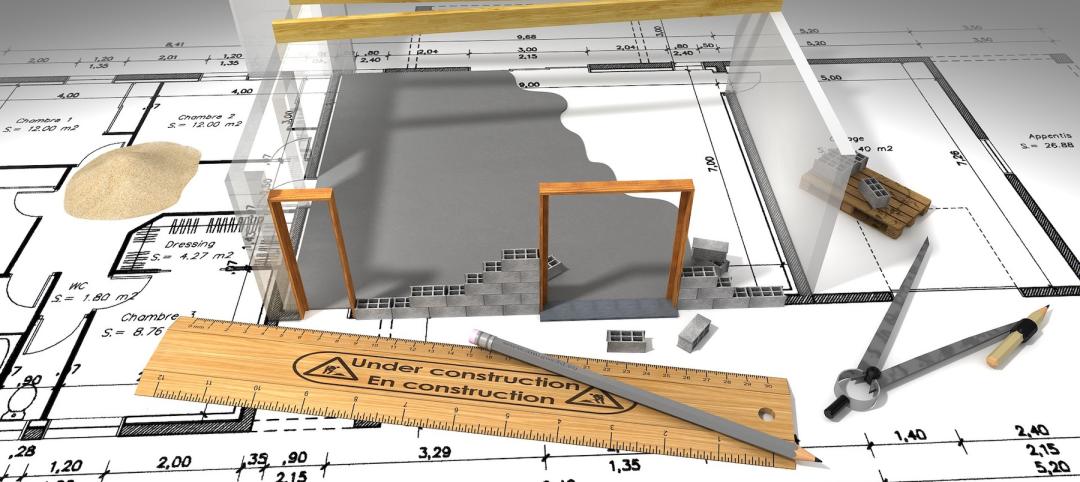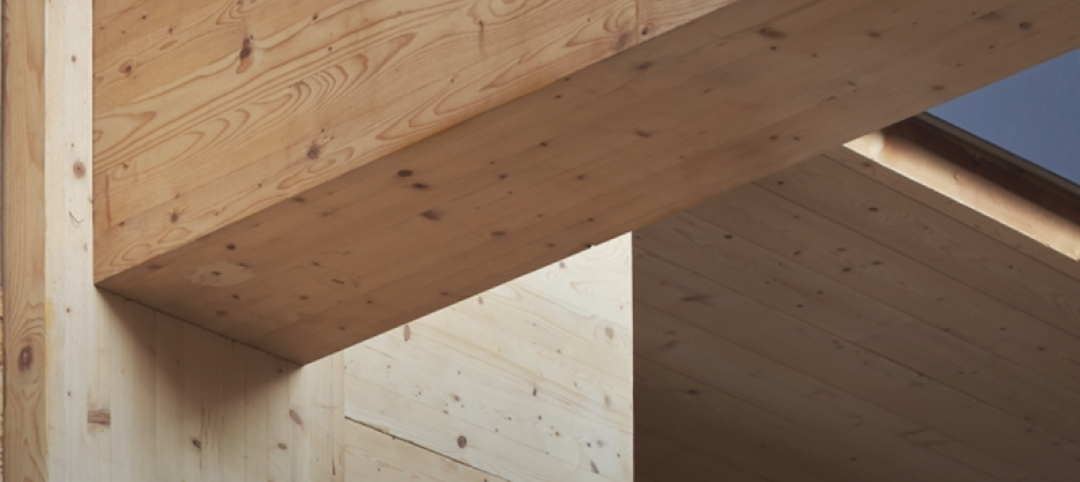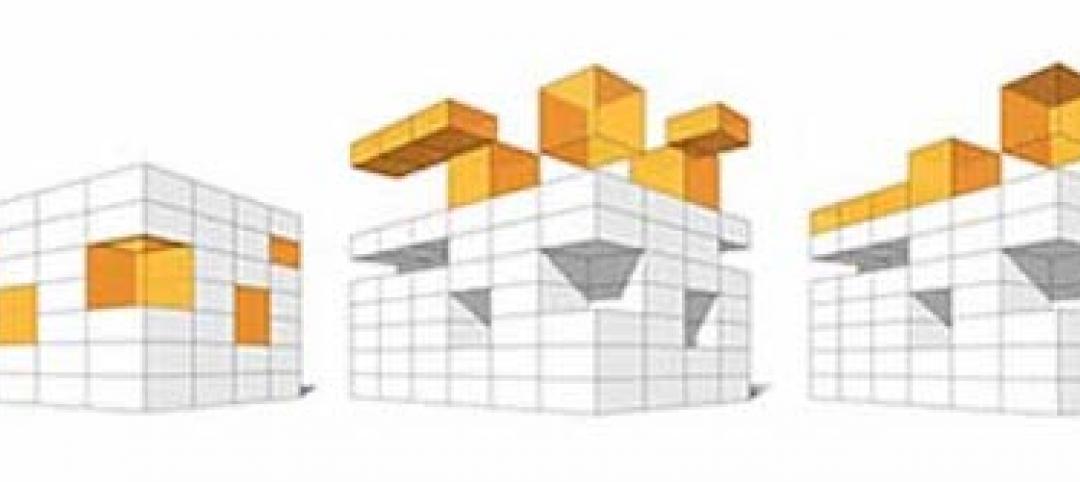None of the hundreds of existing green building rating systems is perfect. Some of them are too documentation-heavy. Some increase short-term project cost. Some aren’t rigorous enough or include contentious issues.
But it would be extremely difficult to find many examples where the use of a sustainable rating system—whether actual certification was achieved or not—didn’t make the project better, either by shifting the way a project was discussed in terms of sustainability or inspiring a sustainable solution that brought value to the project.
I have worked on dozens of sustainability projects of all sizes, ranging from small non-profit office buildings to multi-billion dollar infrastructure projects. In all cases, if there wasn’t a commitment to a very specific sustainability goal, it was much harder to be sure that great sustainable solutions made it to the final design. Eventually I believe sustainability will rank right up there with schedule, cost, and design considerations in terms of priority, but for now, the topic is too often not afforded the same rigor.
At HDR, our philosophy is to drive sustainable solutions that are project-specific and bring value to our clients, communities and the environment. We want to know our clients’ specific priorities in terms of resource use, indoor environments, environmental impacts and the like.
Can we provide that solution to them without the use of a rating system? Possibly, but I would argue that sustainability rating systems provide a framework to drive a discussion about sustainability and help assure that good solutions get implemented.
We are so sure that rating systems help drive culture shift and encourage project teams to ask the right questions that HDR has adopted High-Performance Sustainability Requirements (HPSRs). While not a rating system per se, these requirements represent a set of sustainability goals and conversations that we believe need to take place on all projects. The objective of HPSRs is to drive conversations about sustainability.
In the media, a lot of attention is currently being given to the problems with various systems and which rating system is best. Let’s improve the systems but acknowledge the market transformation that they have assisted in making.
About the Author
Michaella Wittmann is Director of Sustainable Solutions with HDR. She founded HDR’s sustainability program, and leads this initiative to encourage sustainability in all aspects of HDR—from our projects to our day-to-day business practices. That includes working on cool things like the greening of projects at the Pentagon and tracking HDR’s own carbon footprint.
More from Author
HDR | Jun 30, 2022
Adopting a regenerative design mindset
To help address the current climate emergency, a new way of thinking across the entire architecture, engineering and construction industry is imperative.
HDR | Jan 11, 2022
Designing for health sciences education: supporting student well-being
While student and faculty health and well-being should be a top priority in all spaces within educational facilities, this article will highlight some key considerations.
HDR | Sep 28, 2021
Designing for health sciences education: Specialty instruction and human anatomy labs
It is a careful balance within any educational facility to provide both multidisciplinary, multiuse spaces and special-use spaces that serve particular functions.
HDR | Aug 20, 2021
Prioritizing children’s perspectives with play-based design charrettes
Every effort is made to assure that captured insights and observations are authentically from the children.
HDR | Sep 25, 2020
Performance-based textile cleaning and disinfection in the age of COVID-19
It is essential for both designers and environmental services to know the active ingredient(s) of the cleaning products being used within the facility.
HDR | Jan 27, 2020
Elevating the human experience in public realm infrastructure
Understanding the complexities of a community by pairing quantitative data and human needs.
HDR | Oct 2, 2019
Why mass timber?
In a world where the construction industry is responsible for 40% to 50% of CO2 emissions, renewable materials, such as wood, can help mitigate the rate of global warming.
HDR | Aug 23, 2019
5 converging trends for healthcare's future
Our solutions to both today’s and tomorrow’s challenges lie at the convergence of technologies, industries, and types of care.
HDR | Dec 18, 2018
Redesigning the intergenerational village: Innovative solutions for communities and homes of the future
Social sustainability has become a central concern in terms of its effect that spans generations.
















